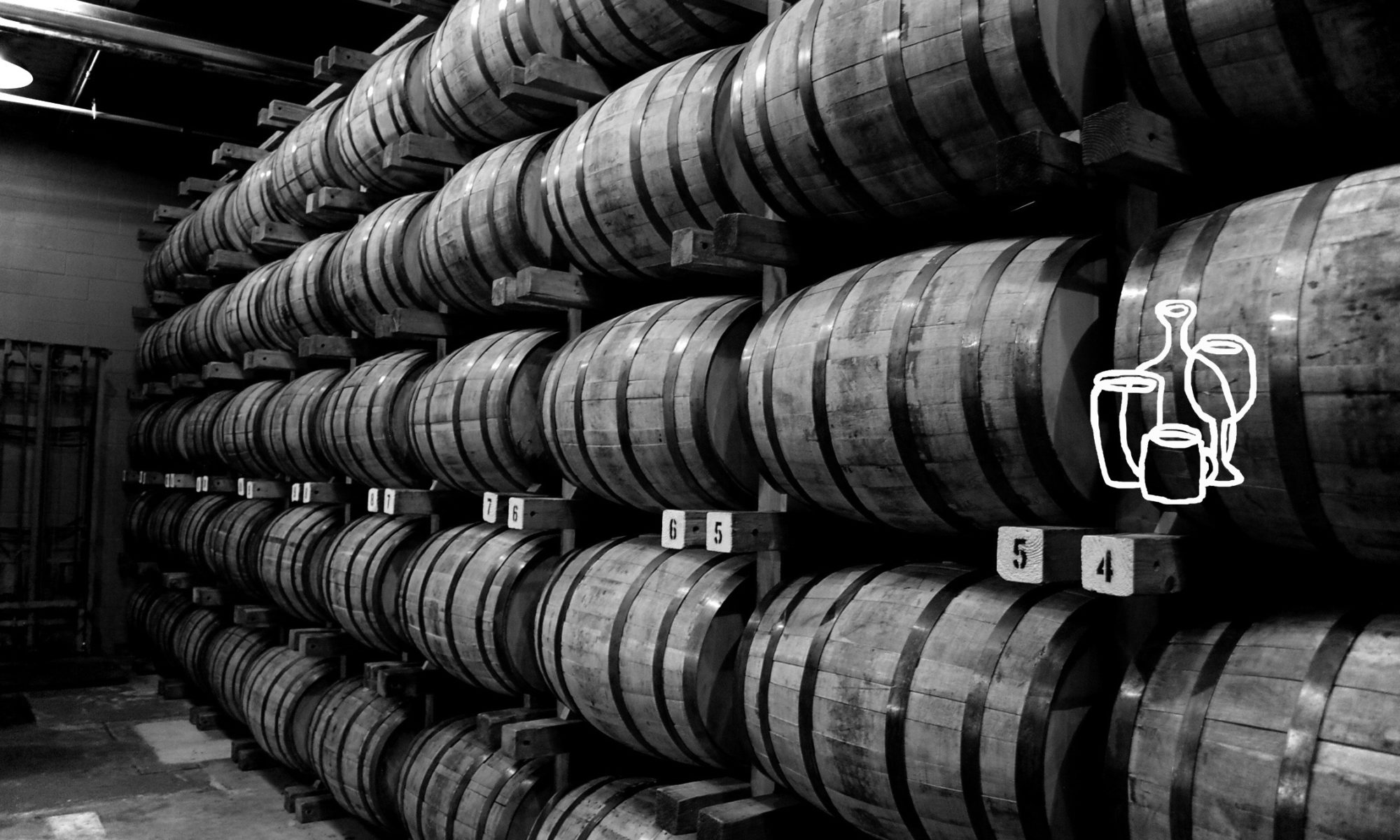I was in Dublin last week and, naturally, visited the Guinness Storehouse for a tour / taste of what is surely one of Ireland’s greatest achievements – Guinness Stout. I love Guinness – the way it tastes, the way it looks, the way it takes a few minutes of lovely effervesence to pour a proper pint, the way that thick foamy head forms and hangs around. I also love Guinness for its admirable history of brilliant marketing – the characters, colors, slogans, and omnipresent wall murals that make it such an integral part of the Irish landscape. Guinness is a great beer, and it is a great brand. Which brings me to the vexing and confounding creation that I recently learned about – a beer called… Guinness American Blonde Lager.

What are the first three things that pop into your mind when you hear the word Guinness? I’m guessing they’re something along the lines of Irish, dark, and stout. And isn’t it interesting that American, blonde, and lager seem fairly antithetical to those characteristics that we so closely associate with Guinness? In other words, WHAT THE HELL ARE THE PEOPLE AT GUINNESS THINKING!????
Actually, I have a pretty good idea of what they’re thinking. They’re thinking that Guinness is not doing as well in America as it should. That other beer brands are eating their lunch. That surely there’s a way to introduce Guinness to a new crowd of beer drinkers. Sure, the first two points there are right – Guinness is not doing that well in America, and other brands are indeed eating their lunch. But is introducing an American blonde lager a way to grow the Guinness brand? Better yet, is introducing a GUINNESS American blonde lager the way for Diageo, Guinness’ parent company, to grow their portfolio of beer brands in America? If you ask me, the answer is a resounding NO and NO.
The folks at Guinness – and more rightly I should probably say the folks at Diageo – should properly recognize the great value that exists in the Guinness brand. The equities that it holds so strongly that offer opportunity… but also act as a form of tether. Sure, Guinness is bound by its history and heritage – but that tether should be considered not as a barrier to growth, but as a guideline for HOW to grow. How can Guinness take its heritage – its Irishness, blackness, stoutness – and use that as a springboard into the heart of the American beer drinking public? I can guarantee you that the answer is not by watering down everything that the brand stands for – by discarding Irish for American, black for blonde, stout for lager. Stick to your strengths, Guinness, and leave the light stuff to one of your sister brands. My goodness. That’s not MY Guinness.
